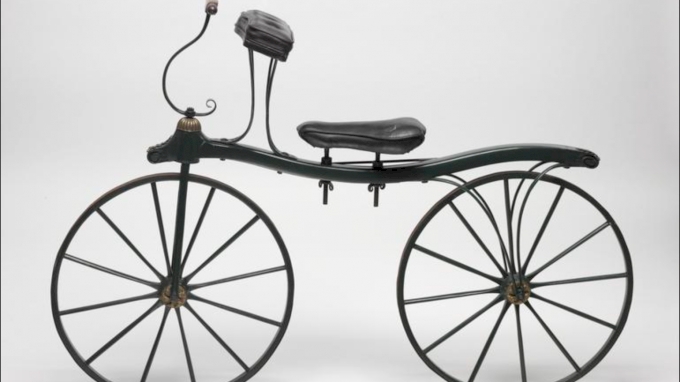A Brief History On Bikes
A Brief History On Bikes
The history of the bicycle has seen many adaptations and developments over the years.

Legend has it that a pupil of Leonardo da Vinci, Gian Giacomo Caprotti, first penned the original concept for a bicycle, but some historians debate the accuracy of this story.
What is not debatable, though, was that the original two-wheeled bicycle in the form that we know it today first took shape in 1817 with Karl von Drais' invention of the Laufmaschine, German for "running machine." However, this early development on the two-wheeled vehicle lacked brakes, pedals, and a chain, and was powered by the running feet whoever rode it.
According to Hans-Erhard Lessing, a Von Drais biographer, the idea for the Laufmaschine came because he was looking for an alternative to the horse, following the starvation and death of horses during the crop failure of 1816, known as the "Year Without Summer."

Von Drais' invention, also known as the Hobby Horse, the Draisine, or the Running Machine, fell out of fashion fairly quickly due to its impracticality, but it did serve as the foundation from which the modern bicycle would be built.
The first widely popularized development of the bike was created by Pierre Lallement and Ernest and Pierre Michaux in France in the 1860s, called the Velocipede, and this one included pedals attached to the wheels. This bike was considered extremely uncomfortable and coined the Boneshaker.
In an attempt to add more comfort and stability to the Velocipede, inventors like Eugene Meyer and James Starley created what was known as the Penny Farthing, a bicycle with one enormous wheel in the front and a smaller wheel in the back.

These oddly-shaped vehicles became really popular in the 1870s and 1880s, giving rise to the earliest-known bike clubs and competitive racing circles. One Englishman named Thomas Stevens rode all the way around the globe in 1884 on one of these Penny Farthings.
Thanks to its ridiculously tall front wheel, the Penny Farthing became rather dangerous for riders, and thus a newer, safer development was needed. That's where another Englishman, John Kemp Starley, comes into play. He devised an updated contraption of the bike, with two evenly sized wheels and a chain drive. This bike was aptly named the Safety Bicycle.
Enhancements were continually made, including a chain drive which allowed for a smoother and faster ride, helping riders to navigate around corners and turns far easier than they were able to before.
New developments to tires also made the rides a lot more comfortable, as well as the invention of a diamond frame body.